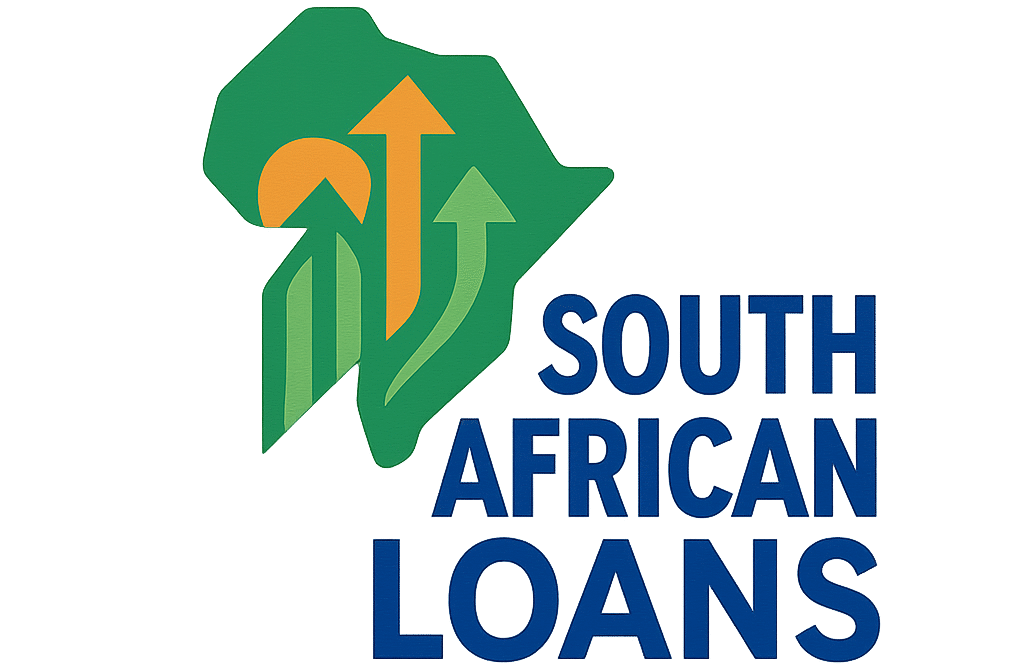Securing a loan for a franchise can open doors to business ownership, but many find the approval process challenging. Lenders usually want more than just a good credit score. From my experience working with franchisees and lenders, I’ve learned that having a strong business plan is one of the most reliable ways to improve your chances of getting approved. A well-crafted plan shows lenders you’ve done your homework and have a strategy for growth and repayment.

How Business Plans Influence Franchise Loan Approvals
When applying for a franchise loan, lenders want clear evidence that your business will succeed. They use your business plan as a map to understand how you plan to generate revenue, manage expenses, and eventually pay back the loan. In my conversations with bankers, I often hear that an all-in-one business plan can help set you apart from other applicants.
Lenders examine several parts of your business plan to assess risk. If your plan addresses potential challenges and includes realistic financial projections, it becomes easier for a lender to trust your ability to manage money and make smart business decisions. I’ve seen franchisees add local market research to their plans, which helps them speak directly to the area where they’ll operate, making their case much stronger.
A strong plan reassures the lender that you understand not just the franchise model, but also your specific market and financial requirements. This trust can sometimes even improve the terms of your loan, such as a lower interest rate or higher principal amount.
The Key Elements of a Strong Franchise Business Plan
A good business plan covers several areas that are really important to lenders. Knowing what to include and how to present it gives your application more weight. These are the sections I recommend paying special attention to when putting your plan together:
- Executive Summary: This section gives a short overview of your entire plan. It should include the franchise name, your role, your goals, and a basic summary of financial needs and expected outcomes. If this section is clear and focused, a lender will keep reading.
- Business Description: Outline the franchise opportunity, why you chose this brand, and your location. Include details about what makes your chosen franchise successful in other markets.
- Market Analysis: Show that you understand the demand for your franchise in your area. Use real data from industry reports, demographic studies, and competitive analysis. I recommend adding specific details about nearby competitors and local trends to back up your research.
- Organization and Management: List everyone who will have a key role and share their qualifications. Lenders want to see that you and your team have the skills to operate the business efficiently.
- Products or Services: Describe exactly what you will be offering. For some franchises, this will be obvious. Still, sharing details about product lines or menu options, as well as how you plan to customize these for your market, can give your case a boost.
- Marketing and Sales Strategies: Explain how you’ll attract and keep customers. Go beyond the franchise’s national marketing and describe your local tactics, like special events, collaborations with local organizations, or creative promotions specific to your area.
- Funding Request: Be specific about the amount of money you need, how you plan to use it, and what other sources of funding you’ll have. Transparency in this section builds trust with lenders.
- Financial Projections: Include projected income statements, cash flow forecasts, and balance sheets for at least the next three years. Show best-case and worst-case scenarios to cover your bases and prove you’ve thought through different possibilities.
- Appendices: Add supporting materials, such as franchise disclosure documents, letters of intent for locations, market studies, or legal documents. If possible, include testimonials or reference letters that further support your experience or credibility.
Step-by-Step: Creating a Business Plan That Appeals to Lenders
Writing a business plan can sound overwhelming, but breaking it into steps makes the process manageable. Whenever I help others with this, I suggest working section by section. Here’s my typical approach:
- Gather Franchise Information: Start by collecting information from your franchisor, including their franchise disclosure document (FDD). This document contains plenty of data on the franchise’s track record, support systems, and operational expectations.
- Research Your Market: Use local statistics, online tools, and conversations with other franchisees to understand your region’s expected demand and competitive landscape. Lenders appreciate it when you use new or local data, not just national trends. Include information about local consumer preferences or even recent population growth statistics in your area.
- Build Your Management Profile: Highlight any experience you have in management, sales, or the industry you’re entering. I’ve noticed lenders will ask questions if your plan doesn’t show how you’ll fill any gaps in experience, so consider adding details about any mentorship from the franchisor or relevant training you plan to complete before launch.
- Draft Financial Projections: Work closely with your franchisor or accountant to build realistic projections. Factor in the fees associated with the franchise, local operating expenses, and conservative sales estimates. Back up all numbers with clear reasoning or letters of support from industry experts.
- Refine and Review: Get feedback from someone who has experience reviewing business plans for franchises. Sometimes, a small detail makes a big difference when a lender is deciding whether to approve your loan. Ask for edits to make sure your explanations are easy to understand and that you haven’t left out anything important.
- Customize for Each Lender: Every lender may have their own requirements, so adjust your business plan for each application. Use the lender’s preferred format, language, or extra requirements they mention in their guidelines. Showing that you took time to tailor your proposal signals professionalism and can improve your chances.
Avoiding the Common Mistakes That Delay Franchise Loan Approvals
I’ve seen a few mistakes pop up quite often when franchisees submit their loan applications. By staying aware of these, you can save yourself time and frustration:
- Overly Optimistic Projections: Lenders see right through numbers that look too good to be true. Use industry averages and honest estimates. Over-promising only makes lenders skeptical, so keep your numbers grounded and realistic.
- Missing Sections or Unclear Writing: A business plan without a market analysis or understandable financials can hold up an application. Double-check that all required sections are complete and written in plain language, with a logical flow from one section to the next.
- Poor Understanding of Local Market: Sometimes, people rely too much on national statistics. Lenders want proof you understand your neighborhood and customer base. Add unique information relevant to your area; this might even be notes from informal surveys or community feedback you’ve collected.
- Not Explaining Use of Loan Funds: Be specific about how the money will be spent. Lenders are more likely to approve a loan if you’ve mapped out how every dollar will be used. Include a short funding timeline to help lenders see how you plan to allocate resources over the initial months.
Tips for Making Your Business Plan Stand Out
If you want your plan to really catch the attention of a lender, there are a few strategies that I’ve found work well:
- Focus on Local Connections: Share details about partnerships with other businesses, local endorsements, or ways you plan to get involved with the community. These can help show your investment in the area. Local sponsorships or collaborations with community groups can paint you as a strong, connected operator.
- Show Evidence of Demand: Add real-life examples, like results from a customer survey, preopening buzz, or a waiting list. These can paint a strong picture for lenders, letting them see genuine anticipated interest in your business before opening the doors.
- Back Up Every Claim: Whenever you say something will go well, use supporting data or past results. Attach relevant documents if possible. The more evidence you have, the more convincing your plan will be. Don’t hesitate to include newspaper articles, online reviews, or industry awards as supporting evidence if available.
- Get Professional Input: Having your plan reviewed by an accountant, attorney, or franchise consultant helps catch errors and make your plan look more polished. Lenders will respect the effort and thoroughness you’ve invested, which speaks well to your ability to manage your future business.
Real-World Example: From Plan to Loan Approval
I once helped a friend open a health and beauty franchise. Her business plan stood out because she included not just franchise data, but also a local health and beauty trends report for the area. She spelled out how she’d use the loan, showing line-by-line costs for equipment, leasehold improvements, and marketing. When she applied for her loan, the bank called out her detailed market research as one of the main reasons her application was pushed forward. The experience proved to me just how much a personalized plan can make a real difference in the loan process.
Another example comes from a supermarket franchise owner I worked with. By including testimonials from potential customers in the neighborhood and proof of interest from the local community newspaper, the business plan not only looked more robust but also presented the lender with tangible, community-driven reasons to trust the new venture. The bank commended these additions and granted the loan without much hesitation because of the solid community support, illustrating the power of extra supporting documents and creativity.
Frequently Asked Questions
Here are some questions I often hear from people preparing franchise business plans for loan approvals:
Question: How long should my franchise business plan be?
Answer: Most lenders want plans to be about 15 to 30 pages, but quality matters more than length. Focus on clear explanations and supporting data that get your point across efficiently.
Question: Should I include my personal finances in the plan?
Answer: Yes, lenders typically want to see your personal financial statement and credit report. This helps them evaluate if you have a solid foundation for handling a business loan and gives them more peace of mind about your management abilities.
Question: What if I’ve never owned a business before?
Answer: While experience certainly helps, you can make up for it by showing strong management skills or getting support from a solid franchisor. Be upfront about your background, express your desire to learn, and explain how you’ll fill any knowledge gaps, such as through additional training or hiring specialized help.
Building a Strong Foundation With Your Business Plan
A well-prepared business plan makes a big difference in the franchise loan approval process. By showing lenders your understanding of the business, your grasp of the local market, including clear and realistic financials, and by avoiding common mistakes, you give yourself the best chance for a positive response. With thoughtful planning, good research, and attention to detail, you move one step closer to running the franchise you want and building the future you envision.
